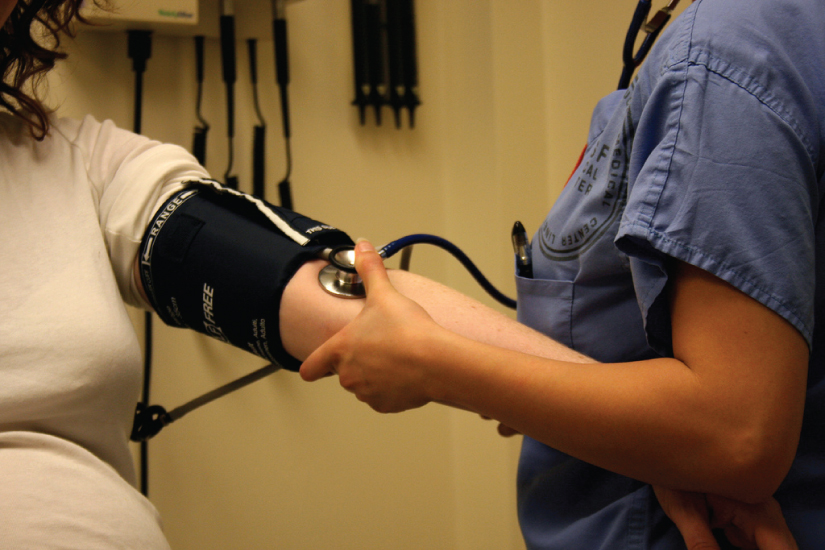
|

1.1 An introduction to the human body Read Online
1.2 The chemical level of organization Read Online

After studying this chapter, you will be able to:
Though you may approach a course in anatomy and physiology strictly as a requirement for your field of study, the knowledge you gain in this course will serve you well in many aspects of your life. An understanding of anatomy and physiology is not only fundamental to any career in the health professions, but it can also benefit your own health. Familiarity with the human body can help you make healthful choices and prompt you to take appropriate action when signs of illness arise. Your knowledge in this field will help you understand news about nutrition, medications, medical devices, and procedures and help you understand genetic or infectious diseases. At some point, everyone will have a problem with some aspect of his or her body and your knowledge can help you to be a better parent, spouse, partner, friend, colleague, or caregiver.
This chapter begins with an overview of anatomy and physiology and a preview of the body regions and functions. It then covers the characteristics of life and how the body works to maintain stable conditions. It introduces a set of standard terms for body structures and for planes and positions in the body that will serve as a foundation for more comprehensive information covered later in the text. It ends with examples of medical imaging used to see inside the living body.
Question: In discoid and systemic lupus , what layer is attacked?
Choices:
Stratum Basale
Stratum Spinosum
Stratum Corneum
dermis
Subcutis
Question: Which of the following is a common cause of folliculitis?
Choices:
Demodex
Bacteria
Dermatophytes
All of the above
Question: What is the term used to describe single cell necrosis?
Choices:
Acantholytic cell
Pemphigus foliaceous
Systemic Lupus
Sebaceous adenitis
Dyskeratosis
Question: Which of the following is defined as partial thickness loss of epithelium?
Choices:
Ulcer
Vesicle
Pustule
Scab
Erosion
Question: What does the term acanthosis mean?
Choices:
too much stratum corneum
too much stratum basale
too much stratum spinosum
too little stratum corneum
too little stratum spinosum
Question: Which layer is attacked by antibodies in Pemphigus foliaceous?
Choices:
Stratum Basale
Stratum Spinosum
Stratum Corneum
Dermis
Subcutis
Question: What is the definition of acantholytic cells?
Choices:
keratinocytes that come together
keratinocytes that are proliferating
keratinocytes that are separated from each other
keratinocytes that are undergoing apoptosis
keratinocytes that form an ulcer
Question: If animal is suspected of having an autoimmune disease , is it appropriate to give autoimmune drugs for treatment ?
Choices:
Yes
No
Question: Dog presents with hives , edema from a ______________ hypersensitivity reaction. The mechanism involves binding of antigen to IgE, and then the complexes bind to mast cells, which degranulate increasing vascular permeability.
Choices:
Type I
Type II
Type III
Type IV
Type V
Question: Which of the following is the term describing irreversible destruction of the hair follicle wall?
Choices:
Folliculitis
Furunculosis
Perifolliculitis
Alopecia
Pyoderma
Question: Which layer of the epidermis contains the immunologic Langerhan cells?
Choices:
Stratum Basale
Stratum Spinosum
Stratum Corneum
Langerhan cells are located in the dermis
Langerhans cells are located in the sub cutaneous layer